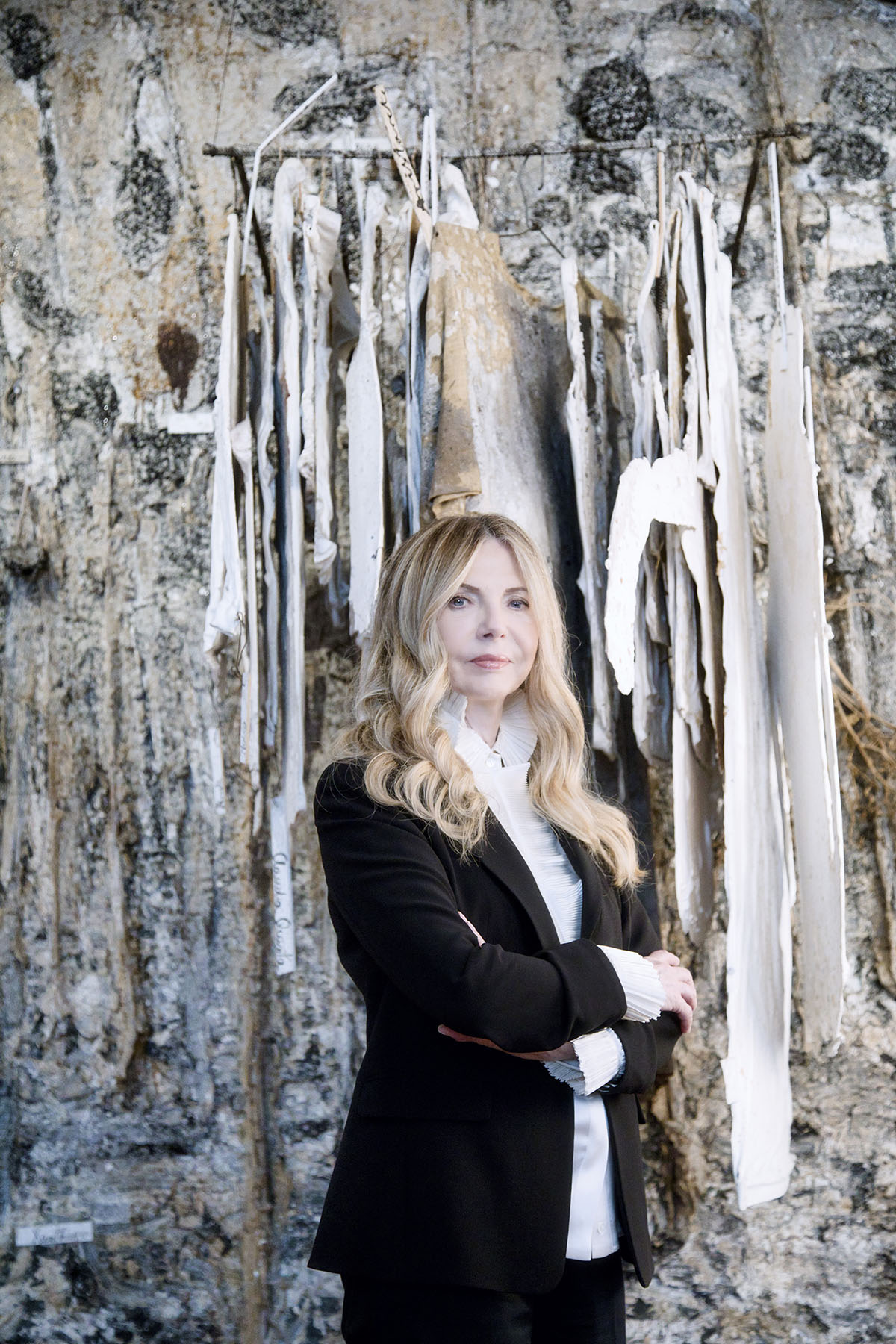
Gemma De Angelis Testa
A desire to connect artists and art lovers led Gemma De Angelis Testa to establish ACACIA in Milan in 2003 and to instigate the ACACIA award. Here, she speaks to LUX about her extensive collection and the artists close to her heart
LUX: Did your love of art draw you to your husband, the late Armando Testa?
Gemma De Angelis Testa: Armando was one of a kind, with an extraordinary sense of humour and imagination, a creative approach that he applied to work and life.
Follow LUX on Instagram: luxthemagazine
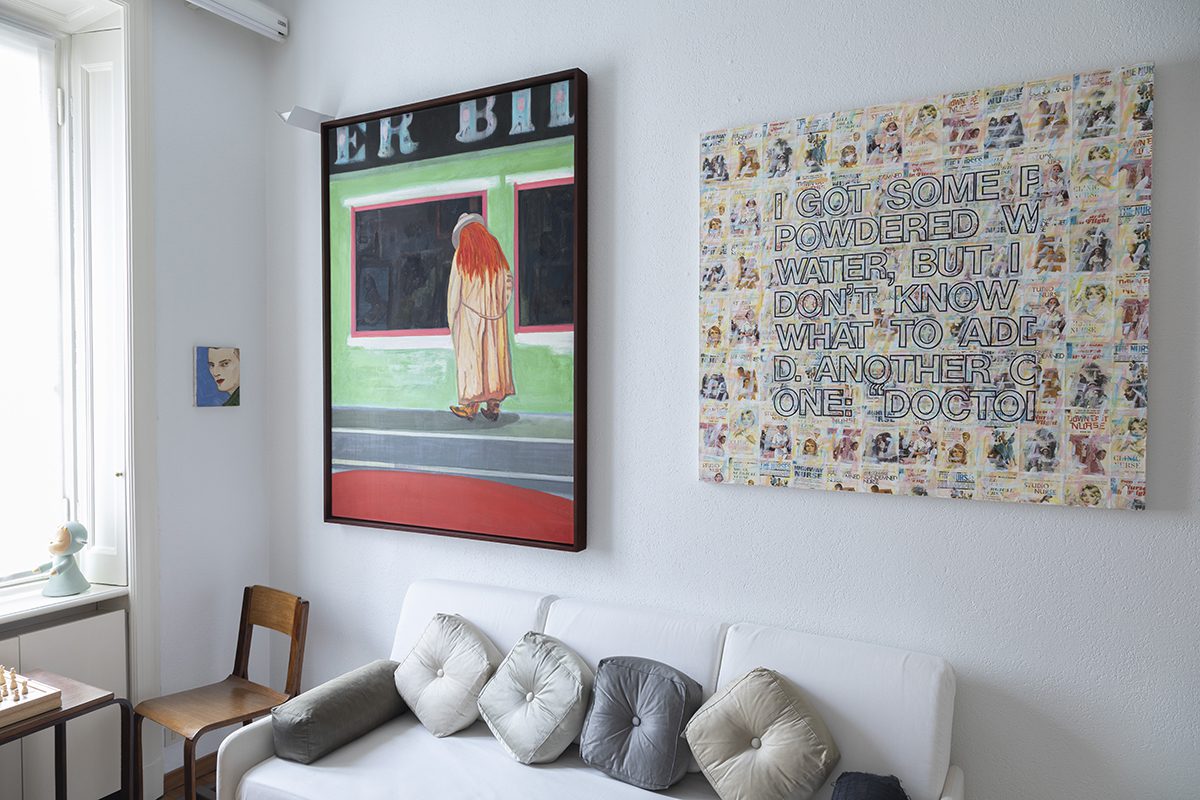
From left: House of Pictures, 2001, by Peter Doig and What to Do, 2008, Richard Prince, in Gemma De Angelis Testa’s guest room
LUX: You made a huge art donation from your collection to Ca’ Pesaro, Venice. Why was that?
GDAT: It is the realisation of a dream. Before becoming a collector, I dreamt of creating a collection to donate to a museum. It felt right to let people enjoy artworks that have given me such joy. It also ensures a future for the collection. And in Venice, during the Biennale, I met my husband and fell in love with contemporary art.
LUX: Tell us about some of the donated works.
GDAT: Vengeance of Achilles by Cy Twombly and Untitled by Gino De Dominicis are especially dear to my heart. The Twombly was the first piece of my collection; the De Dominicis one of the few purchased with my husband
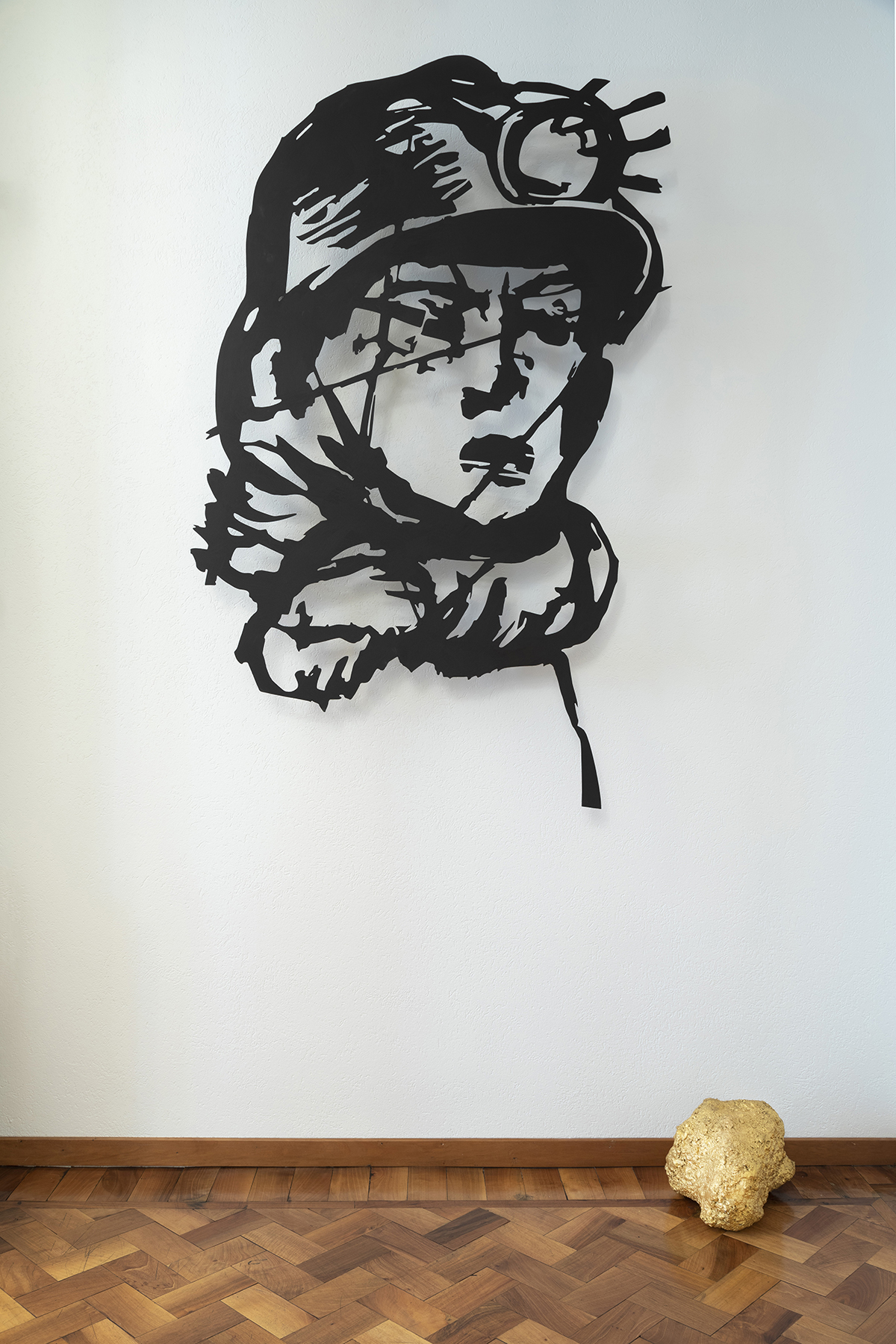
Head (Miner), 2016 by William Kentrige, and Microcosmo (2001-02) by Francesco Gennari, in Testa’s entrance hall
LUX: Tell us about the art in your home? It feels like one is immersed in art there.
GDAT: With many artworks going to Venice, I created new art stories for the house. You are greeted by William Kentridge’s steel Head (Miner). The drawing room is otherworldly, with highlights by Ed Ruscha and Anselm Kiefer. The dining room includes Homage to Mondrian by Armando Testa and Homage to Armando Testa by Haim Steinbach. Relationships made in the guest room include Elizabeth Peyton and Peter Doig, and in the studio Lucio Fontana and Ettore Spalletti. The bedroom includes portraits by Marlene Dumas, and Aquile meccaniche by Testa. Artworks by Rebecca Horn, Pat Steir and Joseph Kosuth in the hallway lead to the kitchen, where you find humorous food works by Testa.
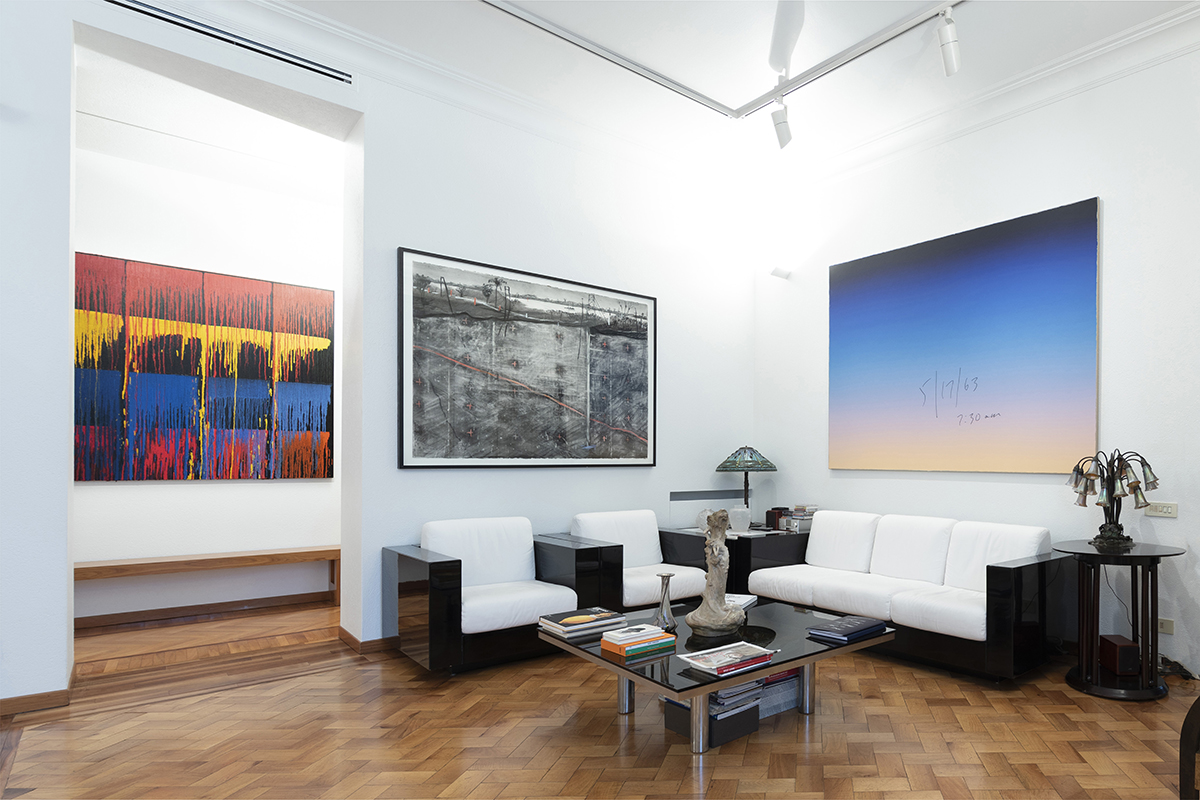
From left: Small Many, 2000-2001, by Pat Steir; Drawing from Faustus in Africa, 1995, by William Kentridge; and 5/7/63, 7.30am, 2016, by Robert Pruitt, in Testa’s drawing room
LUX: Are collectors’ donations more important, as funding diminishes?
GDAT: They are essential, especially in Italy, where the lack of public funding is an issue. It is a way of giving back. Private and public institutions should engage to develop ideas around the lack of venues for private collections.
Read more: Italy Art Focus: Patrizia Sandretto Re Rebaudengo
LUX: How important is it for art to be available to the public?
GDAT: It is a priority, as art would not exist without sharing. Art is part of our culture, opening our minds and hearts. It is the right of everyone to have access it.
LUX: Is there a philosophy to your collecting?
GDAT: Only the desire to explore new paths and new worlds.
Find out more: acaciaweb.it





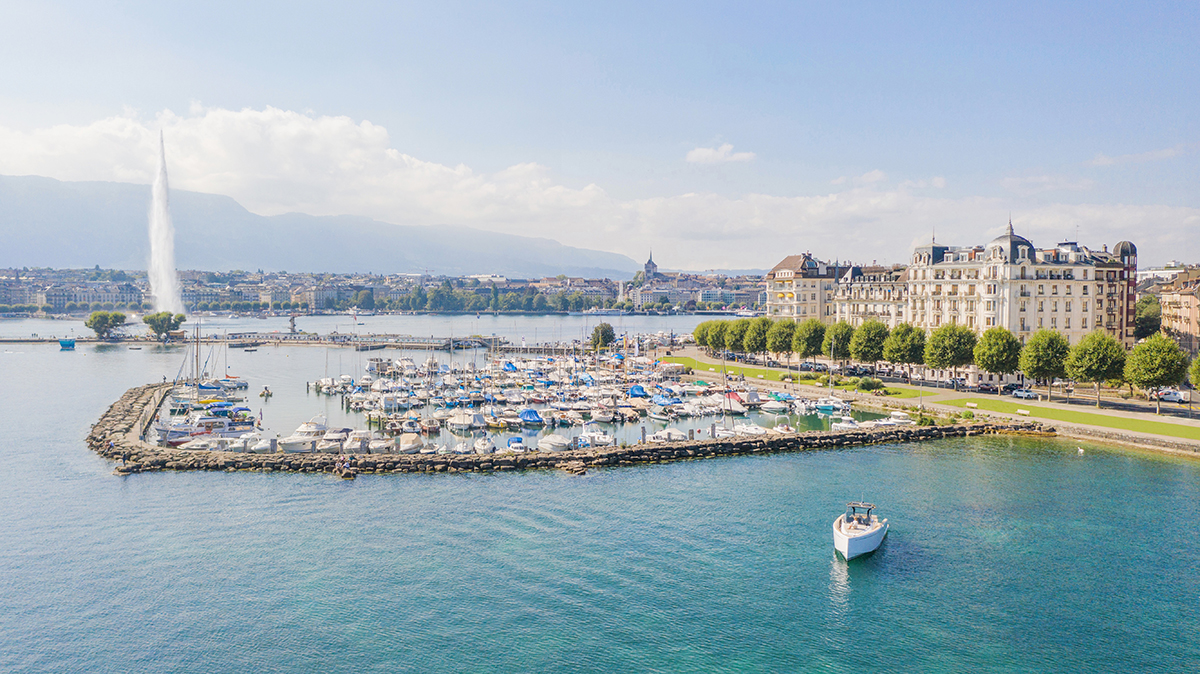






Recent Comments